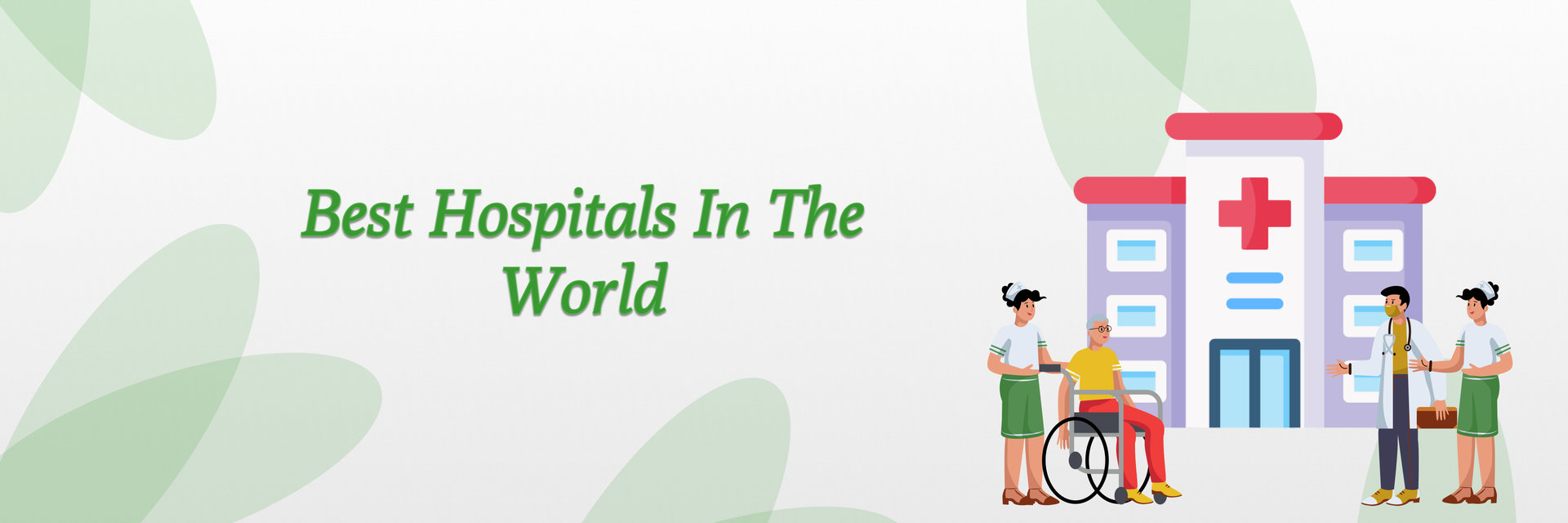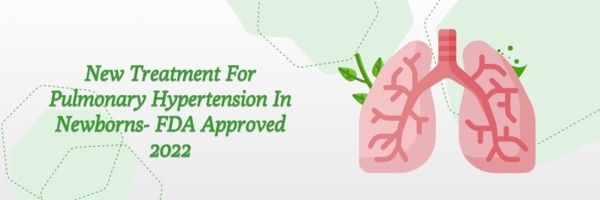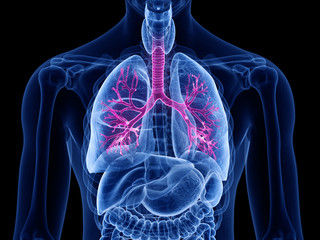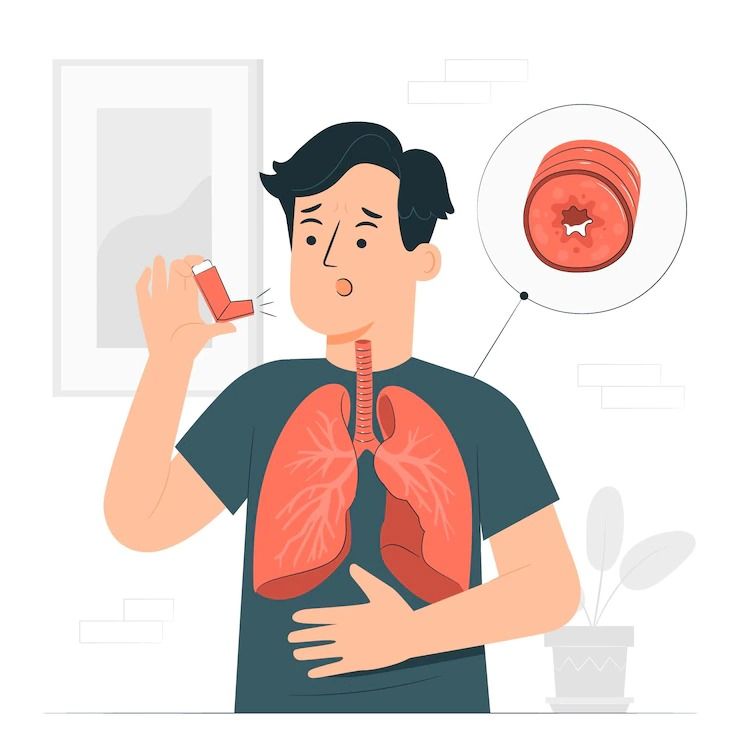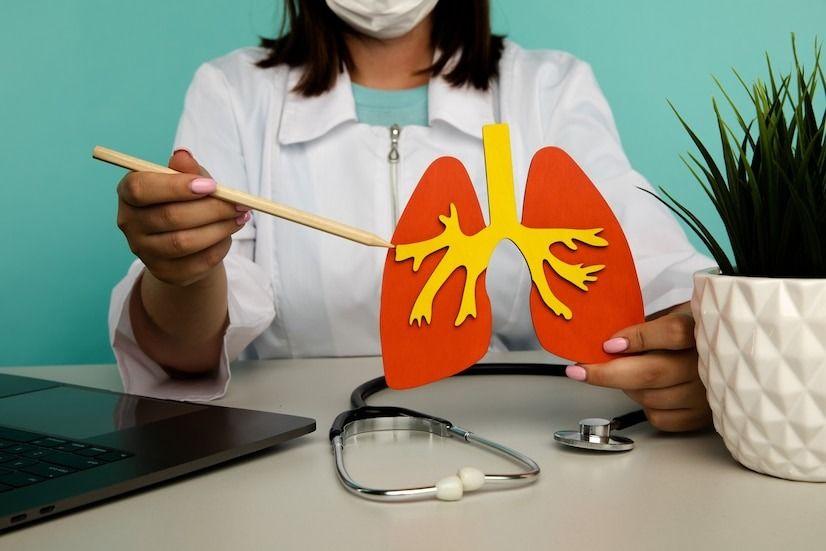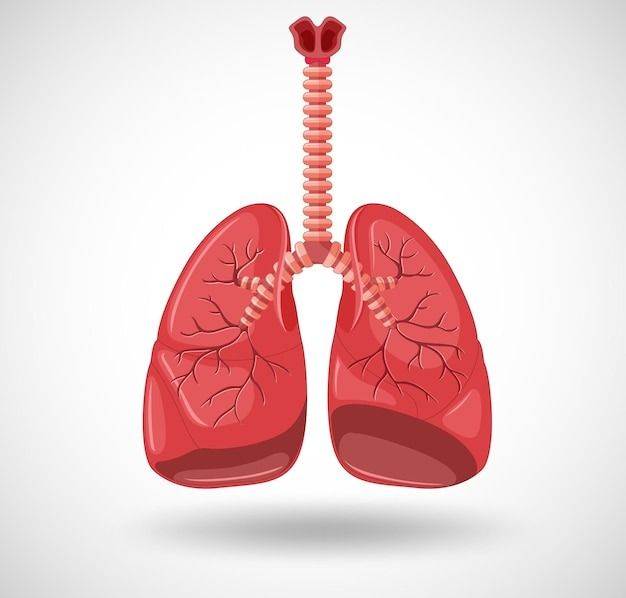Discover the lifeline: Lung transplant for COPD!
What is the role of lung transplantation in treating COPD?
A lung transplant for COPD is a treatment option when no medications work. In severe cases of chronic obstructive pulmonary disease needs lung transplant when no other treatment has given the desired results.
Lung transplant for COPD involves replacing one or both the damaged lungs. The procedure aims to improve one's quality of life. This is a life-saving surgery in severe COPD cases. But needless to say, it also has several risks associated with it.
Understand what determines your eligibility!
Who is considered a candidate for a lung transplant for COPD?

Candidates for lung transplantation for COPD typically fall into the category of end-stage COPD. The transplant is considered if the disease has progressed to a stage where no other treatment is working.
Here are some factors that determine eligibility:
- If the candidate has severe end-stage COPD. If there is significant airflow limitation. Also, the presence of respiratory issues determines if a transplant is required.
- If other treatments like medications and pulmonary rehabilitation fail.
- The health of the patient also forms a basis of eligibility. The presence of other comorbidities is checked before transplant to reduce the risk of rejection.
- Patients' mental health and social support are also assessed for eligibility.
- After evaluating all the factors the doctor feels that a Lung transplant would help improve your quality of life. Then you can go for it.
Identifying candidates for a lung transplant due to COPD? Prioritize your health – schedule an appointment now for personalized guidance and assessment.
The Clock Ticks!
How long is the waiting time for a lung transplant for COPD?
The waiting time for a lung transplant for COPD varies widely. It is influenced by various factors. The factors include:
- Urgency of recipient conditions
- Transplant center policies
Based on these factors, the waiting time varies. The demand for donor organs often exceeds. Hence, patients with more severe health conditions are prioritized. The allocation of the donor organ is also a lengthy process.
Hence, the waiting time is generally a few months to a year.
What criteria are used to determine eligibility for a lung transplant for COPD?

Patients who have COPD and have the following after tests and evaluation will be considered eligible:
When the patient has a BODE score of 5 or higher. BODE stands for (BMI, obstruction, dyspnoea, and exercise capacity).
If other issues like severe flare-ups persist along with BODE.
If the BODE score has increased by more than 1 point in the last 2 years.
In such cases, the person would be eligible for a COPD lung transplant because the danger is high for such people.
Look at the positive side! Survival rates are a ray of hope!
What are the success rates of lung transplants for COPD?
The latest report from the ISHLT shows that the overall survival rate has gone up to 85%. For certain lung conditions like idiopathic pulmonary fibrosis (IPF) success rate is 84%. The success rate of lung transplants for COPD is 87%.
Weigh the risks and complications, then decide!
What are the potential risks and complications associated with a lung transplant for COPD?

Uncover the risks and complications of COPD lung transplants. Empower yourself – contact us today for personalized insights and support.
Getting a lung transplant for COPD comes with potential risks and complications.
Here are some of them:
- The immune system may reject the transplanted lungs. It may require lifelong immunosuppressive medicines.
- Taking immunosuppressive drugs increases the risk of infections. It affects the transplanted lungs and other body parts.
- There can be postoperative complications like bleeding and blood clots.
- Bronchiolitis Obliterans Syndrome can occur. It causes the narrowing of airways in transplanted lungs.
- It might increase the chances of developing certain cancers. This may be due to immunosuppressive medicines.
There are rare chances of failure of transplanted lungs.
Understand the organ matching process below!
How does the organ-matching process work for lung transplants in COPD patients?

The organ matching process in lung transplants for COPD patients involves:
Step 1: Eligible patients are evaluated and listed for transplantation based on overall health.
Step 2: Donor organs are matched for blood type and size compatibility. This is to minimize rejection risk.
Step 3: Next medical condition and urgency are considered. Accordingly, organ allocation is done.
Step 4: Distance between donor and recipient is considered for efficient organ transportation.
Step 5: HLA matching is done to assess genetic compatibility.
Step 6: The waiting list is regularly updated based on patients' health and organ availability.
Step 7: The transplant team contacts the recipient, obtaining consent for the surgery.
Step 8: Transplant surgery replaces damaged lungs with healthy donor lungs.
The road to recovery! Find out what works best after the transplant!
What is the recovery process like after a lung transplant for COPD?
The recovery process after a lung transplant for COPD involves:
- Immediate Postoperative Period (0-1 week):
ICU monitoring and potential ventilator support.
Initial focus on stabilizing vital signs and organ function.
- Hospital Stay (1-3 weeks):
Continued close monitoring and physical therapy.
Gradual transition to independent breathing and early mobilization.
- First Few Months (3-6 months):
Adherence to immunosuppressive medications.
Progressive rehabilitation exercises and increased physical activity.
Frequent follow-up appointments with the transplant team.
- Return to Daily Activities (6-12 months):
Gradual resumption of normal activities.
Participation in pulmonary rehabilitation programs.
- Long-Term (Beyond 12 months):
Regular, less frequent follow-up appointments.
Continued management of immunosuppressive medications.
Adherence to a healthy lifestyle and ongoing support.
Individual recovery experiences may vary. Potential complications such as organ rejection or infections should be monitored closely. Maintain open communication with the transplant team. Seek prompt medical attention for any concerns. These are essential aspects of long-term recovery.
What are the long-term outcomes for COPD patients who undergo a lung transplant?
After Lung transplants for COPD, one can expect positive long-term outcomes if all the complications are addressed successfully. They include:
- Improved survival rates. It is approximately 85% at one year and 50-60% at five years post-transplant.
- Significant enhancement in quality of life. It relieves symptoms and enables increased activity.
- Better lung functioning. It facilitates easy function.
- Adhere to the routine of immunosuppressive medicines.
- There will be complications like infections and side effects. Address them properly and on time.
- Go on follow-ups regularly to address any concerns.
- Seek emotional and psychological support. It contributes to positive long-term outcomes.
Explore the enduring outcomes of lung transplants for COPD patients. Initiate your journey to recovery – contact us today for personalized treatment options.

Are there alternative treatment options for COPD besides a lung transplant?
Yes, certain there are other alternative treatments for COPD. They are:
- Bronchodilators and corticosteroids alleviate symptoms. Antibiotics are used to address infections. People with low blood oxygen levels can use oxygen therapy.
- Pulmonary rehabilitation therapy: Exercise training and education to improve lung function. It is also good for your overall well-being.
- Lifestyle changes: Smoking cessation for current smokers. Maintain a healthy diet and regular exercise.
- Lung Volume Reduction Surgery: Surgical option for specific COPD cases to remove damaged lung tissue.
- BiPAP or CPAP: Positive airway pressure devices to assist breathing.
- Endobronchial Valves: Procedure to block airways. It redirects airflow and improves lung function.
Can a living donor provide a lung for a lung transplant in COPD cases?
Currently, living lung donation is not a common practice for lung transplants. Living lung donation is complicated and is not very common. Generally, lungs from a dead donor are used for the transplant. But, in the case of a lung transplant for COPD, a living donor needs at least two donors. One lung is taken from each living donor.
What lifestyle changes are necessary after a lung transplant for COPD?

After a lung transplant for COPD, several lifestyle changes are necessary:
- Medication Adherence: Strictly adhering to immunosuppressive medications.
- Regular Follow-ups: Lifelong commitment to regular appointments with the transplant team.
- Healthy Habits: Adopting a nutritious diet, increasing physical activity, and managing stress.
- Avoiding Smoke and Infections: Strictly avoiding smoking, and environmental pollutants, and practicing infection prevention.
- Support System: Building and maintaining a strong support system for overall well-being.
Discover essential lifestyle changes post-COPD lung transplant. Prioritize your well-being – schedule an appointment today for personalized guidance and support.
Reference
https://www.ncbi.nlm.nih.gov/pmc/articles/PMC5839672/
https://www.medicalnewstoday.com/articles/lung-transplant-for-copd
